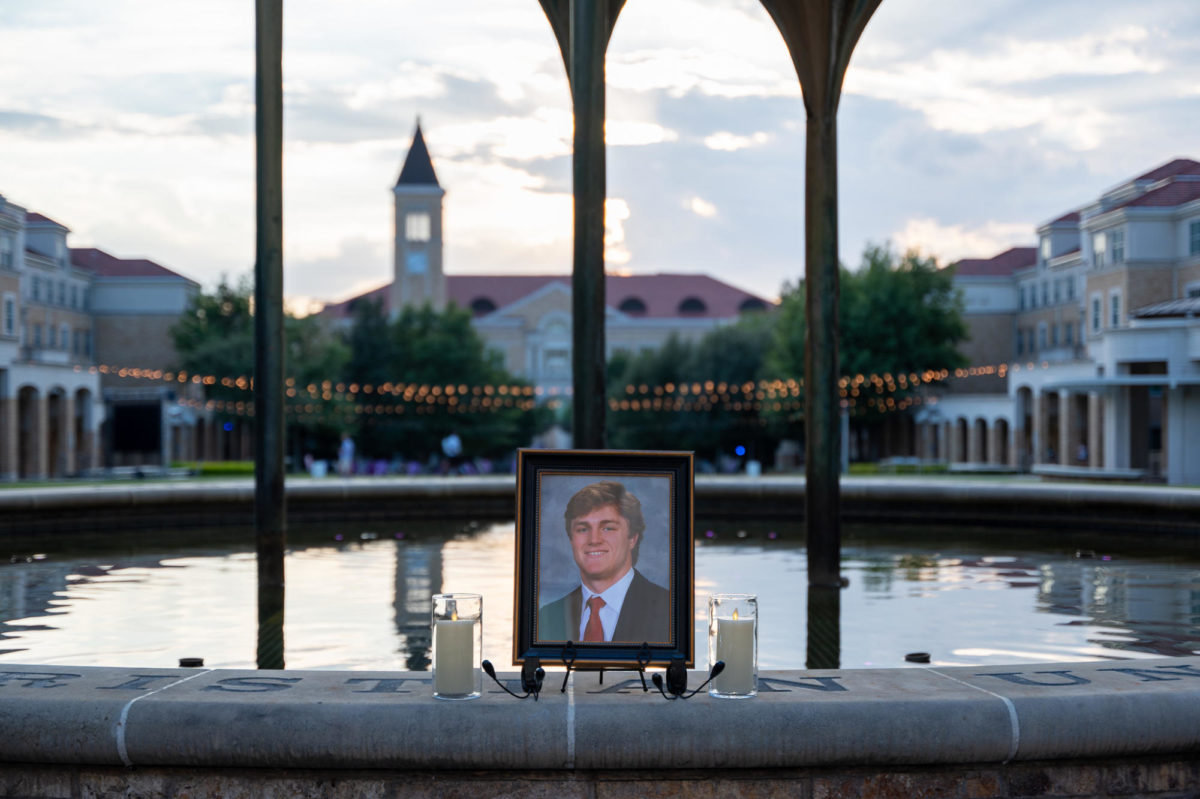Wildfires ravage Bastrop
Published Sep 14, 2011
The recent wildfires in central Texas destroyed over 1,000 homes and. eliminated the possibility of significant vegetative growth in the near future.
According to Monday’s article in the Fort Worth Star-Telegram, firefighters in the Bastrop area have responded to nearly 200 fires that destroyed more than 100,000 square acres. Over 700 homes were destroyed and 63 new fires were responded to between Saturday and Monday in Bastrop, Travis, Henderson, Limestone, Caldwell and Colorado counties.
Senior engineering major John Thompson, an Austin resident, said he has experienced fires before.
“When I first saw the smoke in the sky, I thought, ‘not again,’” he said.
Thompson said residents of the Spicewood Springs and Steiner Ranch subdivisions near Austin were heavily affected by ash and other fire debris.
The firefighters dealing with the Bastrop fires were outnumbered by the sheer size and scope of the fires at first, Thompson said.
Residents in and near the affected areas received e-mails from local fire departments asking anyone with firefighting experience to help in the effort to contain the fires, Thompson said.
“Now it’s more under control because more people are helping,” he said.
TCU Environmental Science Professor Tony Burgess said Texas needs to be better prepared for wildfires.
If Texas does not become a “fire culture,” which means being a culture that knows how to safely promote and perform contained burns, its tall grass prairie could disappear altogether as a result of wildfires that are not handled properly, he said.
Burgess attributed the growth of wildfire incidents in recent years to the fact that land is no longer subsistence farmed, which causes over-grazing and a reduction in flammable material. Now that Texans live more gently on the land, allowing natural vegetation to thrive without farming it, the land has returned to its former productivity, allowing for the presence of enough vegetation to sustain wildfires, Burgess said.
Periodic catastrophic wildfires are normal, Burgess said.
“We just have to be more prepared for them,” Burgess said.
Should central Texas receive torrential rains following the drought, Burgess said there could be major erosion of exposed topsoil into creeks and rivers which would cause watersheds to be overwhelmed by sediment deposits. With light rain over an extended period, however, vegetation would have time to re-sprout before the erosion became too severe.
Burgess said proper land maintenance requires preparedness for wildfires, which means anticipating them and actively trying to prevent landscape devastation with controlled burns of potentially harmful vegetation, which minimize the effects of later fires.
According to the Texas Parks and Wildlife Department, TPWD crews were still trying earlier this week to contain the fires ravaging their affected park. The park is closed to the public until the fires are put out and debris is cleared.
Various hot spots, or pockets of fire, spread over a wide area which makes containment difficult. Dry, breezy conditions have allowed the fires to spread, so TPWD crews were ordered to clear any items from the areas under their control that may act as fuel for the fires.
TPWD Information Specialist Mike Cox said the fires have ruled out the possibility of seeing the affected areas in full bloom again any time soon.
Cox said TPWD uses a prescribed burn program like the one Burgess described that burns underbrush and other undesirable vegetation in parks and wildlife management areas.
In the sections of the park affected by the Austin and Bastrop area wildfires, those that had undergone a prescribed burn prior to the wildfires fared better than those that hadn’t, Cox said. Satellite images of the burned landscape showed less devastation in the places where underbrush had been treated with supervised fires.
Cox said TPWD reported that the areas affected by wildfires can only be fully restored by rain.
“It will take a break in the drought,” Cox said, “but in the very long run [the affected areas] will be just fine.”
Burgess said he was similarly optimistic, adding that he hoped Texans will realize they live in an ecosystem that can and will regularly experience wildfires.


